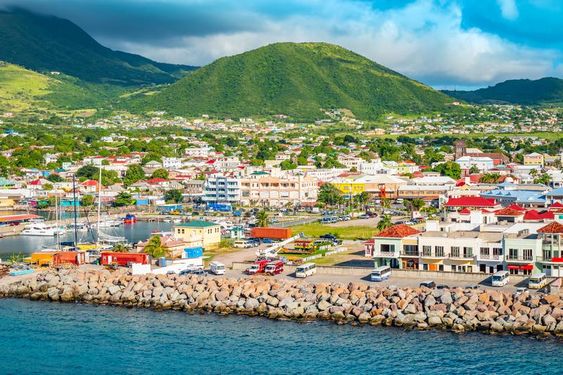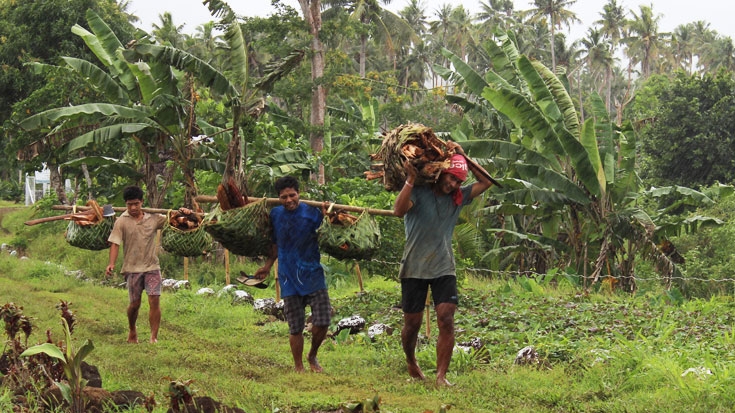Introduction: Saint Kitts and Nevis cuisine
Saint Kitts and Nevis is a small island nation located in the Caribbean Sea. The country is known for its beautiful beaches, rich history, and vibrant culture. The cuisine of Saint Kitts and Nevis is a reflection of the country’s historical background, as well as its geographic location. The food is a mix of African, European, and indigenous influences, and is characterized by the use of fresh, locally-sourced ingredients.
Historical Background: Influences and Changes
The history of Saint Kitts and Nevis is marked by colonization, slavery, and the sugar industry. The islands were first inhabited by indigenous people, but were later colonized by European powers, including the British and French. The sugar industry brought enslaved Africans to the islands, who brought with them their culinary traditions. The influence of European cuisine is also evident, particularly in the use of spices and ingredients like salted codfish and cornmeal. In recent years, the country has also seen an influx of immigrants from other Caribbean nations, which has further enriched the local cuisine.
Geographic Location: Climate and Agricultural Produce
The climate of Saint Kitts and Nevis is tropical, with warm temperatures year-round. This climate allows for a diverse range of agricultural produce to be grown on the islands, including fruits like mangoes and pineapples, and vegetables like sweet potatoes and okra. Seafood is also a key ingredient in the local cuisine, with fish like mahi-mahi, snapper, and tuna being commonly used in dishes.
African, European and Indigenous Influences
As mentioned earlier, the cuisine of Saint Kitts and Nevis is a blend of African, European, and indigenous influences. African influences are evident in dishes like goat water, a hearty stew made with goat meat and spices, and pelau, a one-pot dish made with rice, pigeon peas, and chicken or beef. European influence is seen in dishes like saltfish and ackee, a breakfast dish made with salted codfish and a fruit called ackee, which was brought to the Caribbean by European colonizers. Indigenous influences are evident in the use of ingredients like cassava and plantains.
Key Ingredients in Saint Kitts and Nevis Cuisine
The key ingredients in Saint Kitts and Nevis cuisine are seafood, meat, and vegetables. Seafood is often used in dishes like fish cakes and fish stew, while meat is used in dishes like stewed oxtail and goat curry. Vegetables like callaloo, a leafy green similar to spinach, and fungi, a side dish made from cornmeal, are also commonly used.
Popular Dishes and Culinary Traditions
Popular dishes in Saint Kitts and Nevis include conch fritters, which are made with conch meat, flour, and spices, and coconut bread, a sweet bread made with coconut milk. The country also has a strong tradition of street food, with vendors selling dishes like fried fish and grilled meat from roadside stalls. Another culinary tradition in Saint Kitts and Nevis is the use of hot sauces and pepper sauces, which are often made with locally-grown peppers and spices. Overall, the cuisine of Saint Kitts and Nevis is a reflection of the country’s rich history and diverse cultural influences, and is a testament to the creativity and ingenuity of its people.



